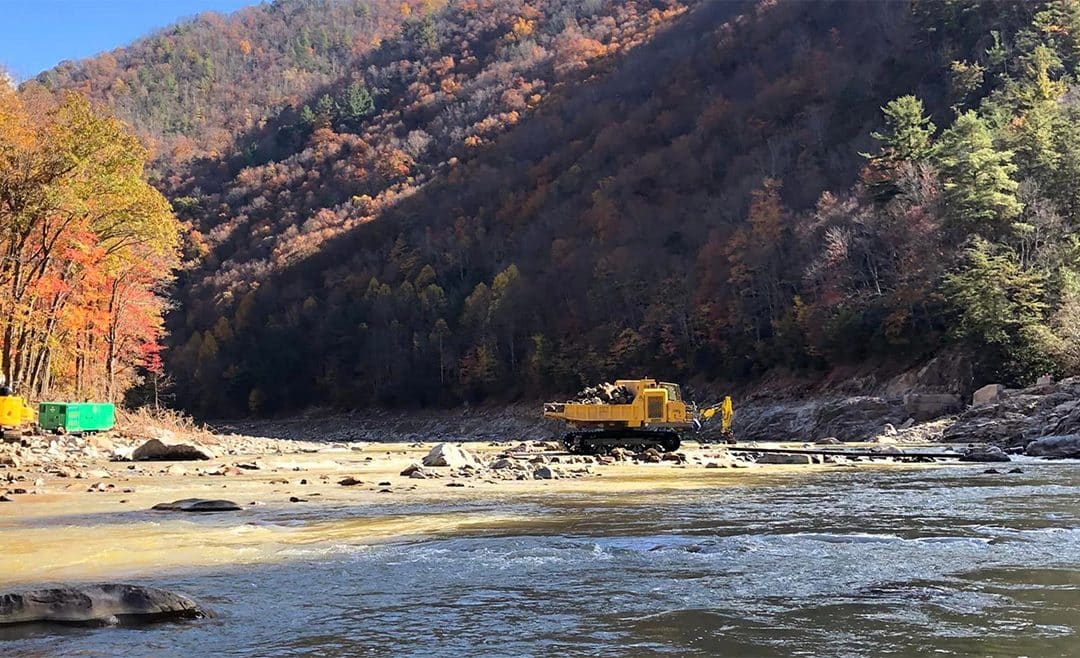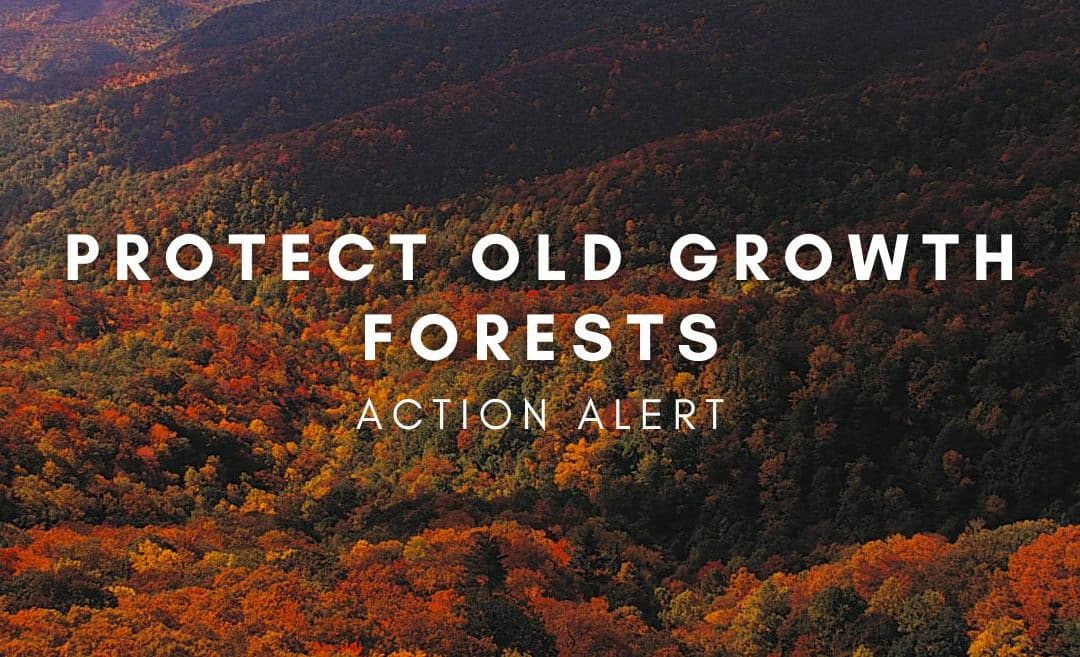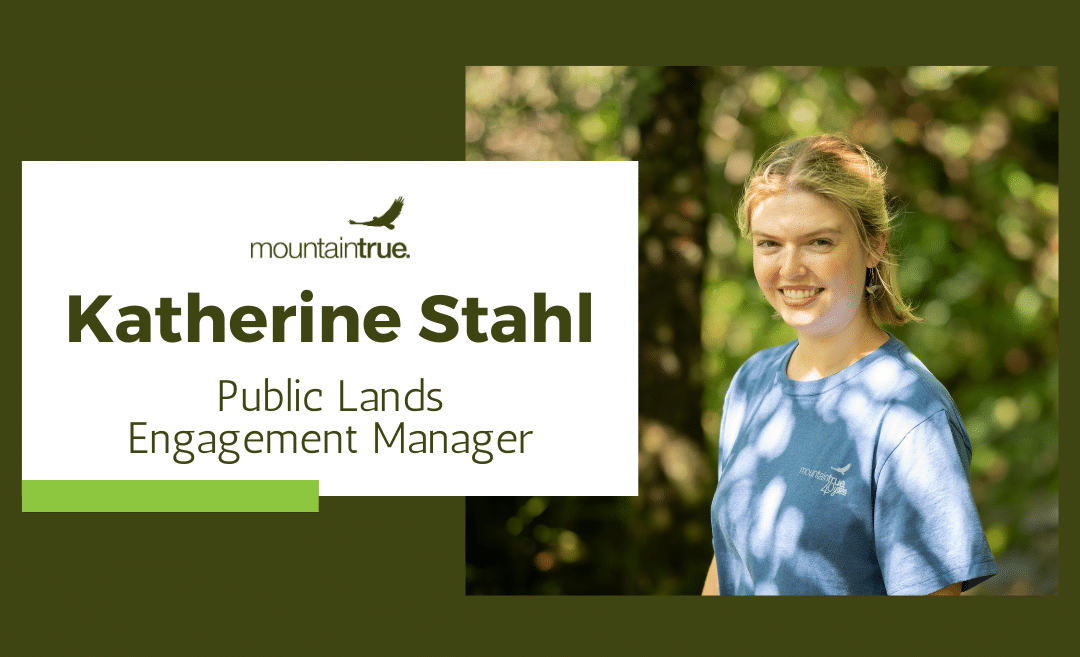
Take Action: Tell Congress to Protect Public Land Roadless Areas, Pass RACA
Take Action: Tell Congress to Protect Public Land Roadless Areas, Pass RACA
Tell Congress: Pass the Roadless Area Conservation Act Making Protection Permanent
On June 23rd, Agriculture Secretary Rollins announced that the Trump Administration will end the Roadless Rule, which has protected 58.5 million acres of roadless Forest Service land for 25 years. The Roadless Rule was finalized in 2001 after years of planning and public consultation. Over 600 public meetings were held and 1.6 million public comments were received on the rule, with 97% in favor of protecting the last wild areas in America from roadbuilding and commercial logging.
While most Roadless Areas are in the western US and Alaska, North Carolina is blessed with more public land and wild country than most eastern states. About 15%, or 152,000 acres, of Nantahala and Pisgah National Forests are protected by the Roadless Rule. These areas include well-known and beloved places like Cheoah Bald, South Mills River, Laurel Mountain, the Black Mountains, Tusquitee Bald, and Upper Wilson Creek. Roadless areas provide the best remaining fish and wildlife habitat in the nation, and unique recreational opportunities. Ending the roadless rule is nothing more than a handout to a small group of people that would benefit from logging and mining them.
But what about wildfire risk, some will ask? The truth of the matter is that fire is a crucial part of forest health, and roads bring both more arson fires and more fire suppression. The natural fires that burn in roadless areas maintain and renew the forest and don’t harm communities, which are by definition far from roadless areas. Plus, the Roadless Rule already contains the flexibility to cut trees to reduce wildfire risk and insect outbreaks. The Roadless Rule is working – don’t let oligarchs and bureaucrats take it away!
Fight for Roadless Areas!
Fortunately, The Roadless Area Conservation Act (RACA) has been introduced in the Senate with many co-sponsors. RACA would make the Roadless Rule more durable and end the ability of bureaucrats to remove it with a simple rulemaking process. Contact your Senators and Congressional Representatives today, and ask them to support the Roadless Area Conservation Act and oppose Secretary Rollins’ attempt to end the rule.




